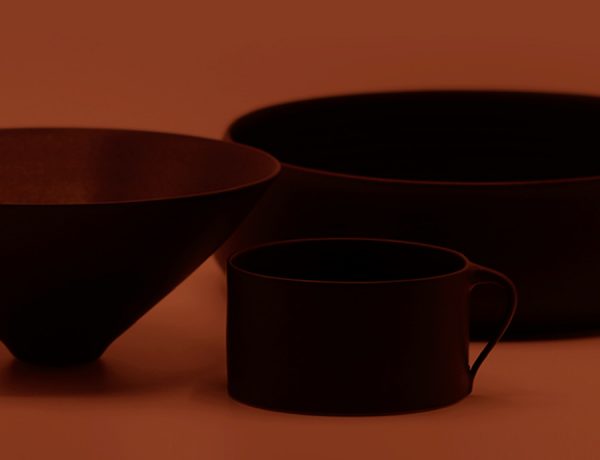Meet Ömür Tokgöz, a ceramic artist, whose creative process of transparent and fragile works is fed by chasing after multi-layered thoughts. We talked about her art through which light passes and her practice where processes prevail over results.
Interview by Bahar Ahu Sağın
You value process over outcomes. Ceramics have been a part of your life for a long time. How would you describe this process? During this period, can you tell us about your ‘luckily, I…’ moments?
True, rather than results, what I enjoy most is the lived experiences of being in the process. Whilst pursuing an idea or a feeling, one goes through many pathways which can be anticipated or unforeseen. There are moments where you reevaluate and start from scratch in a different mindset. I learn a lot through these processes. I don’t know how else can I explain. It is a rather personal situation.
In one of your interviews, you mentioned your disbelief in inspiration. What motivates you to make during the process? Could you please talk a little further about this?
I think I still have the same opinion. At least, it would be more appropriate if I say so only for me. What drives me is to make sense of our lived experiences, both personal and collective. Therefore, there is never a singular thing. Through many layers of mind mapping, some ideas come forward more than others during the process.
As an individual, what we make is perhaps a part of ourselves. When I say ‘ourselves’, I mean our point of views, the ways in which we perceive our surroundings and the process of constructing the self.
How would you describe your philosophical approach to making?
When I think of production as an object coming into presence, I try to understand it through consumption, which is its opposite. We created a world focused on consumption rather than production. As if everything revolves around being ‘consumable’. I think the reason why I make fragile works is because of this.
Transparency and fragility set the foundations of your practice, and you prefer to work with porcelain. What kind of a process is porcelain for you?
The reason is transparency, my desire to play with light and shadow. I chose a material suitable for this. As I made the first few works, fragility became another point. Porcelain has its own memory, is difficult to handle, and tries to preserve its own internal dynamics. Therefore, trying to give form is kind of a reciprocal deal. We push each other to the limits. Sometimes I adjust myself or it follows suit. Porcelain is a language I express myself with.
What is the origin of the series called ‘Primitif ve Teknolojik’?
Since it is almost as old as the history of mankind, it is possible to say that pottery is a public art form. When we consider porcelain art historically, we see that it is part of the aristocracy. It is a symbol of nobility, wealth and privilege. Its procurement and production require technology. Technology demands an accumulation of knowledge and financial support. Even though porcelain is part of our daily lives now, many producers still make unique series. Considering porcelain’s materiality through art history, I tried to bring it to another level of conversation through primitive art forms.
Why do you think ceramics is currently so popular worldwide, especially amongst younger generations?
Actually, I am not aware of this situation. If that is the case, I am not surprised. The younger generations have a tendency for going back to nature. Up until this point, we lived a human-centered life. And for a very long time, nature is signaling that this is not acceptable. Therefore, it is reasonable to see the younger generation’s reaction, who is affected most at the core of this dichotomy.
What are you currently working on?
For a very long time, I am trying to understand the dynamics of changing values, perceptions and concepts. I deliberated upon these ideas in the ‘Misafir Odası’ exhibition. However, I believe that I couldn’t convey the message. I revisit the same ideas these days. It is difficult to ascertain the outcomes.




